Aphrike in Greek means “without cold.”
The word Ethiopia in Greek means “burnt complexion.”
This maybe one of the oldest surviving ancient writings of an Interracial Couple.
The beautiful Andromeda was the daughter of the Ethiopian king Cepheus and Queen Cassiopeia. One day, the vain Queen had bragged that her daughter Andromeda was more beautiful than the Nereids, the sea nymphs. The sea nymphs fell angry to hear that and complained to Poseidon, the god of the sea. A furious Poseidon unleashed the sea monster Cetus to frequently ravage the coast and devastate the land of Ethiopia in order to avenge the insult to his wards, the Nereids. The desperate king Cephus appealed Zeus, who suggested the sacrifice of Andromeda as the only way to appease the wrathful Poseidon.
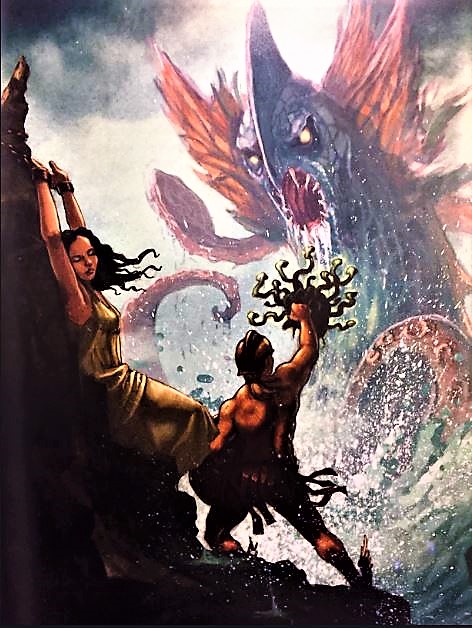
–Illustration is from Percy Jackson’s Greek Heroes.
As Perseus was flying over Africa in his return home, Perseus encountered Atlas the Titan, a mythical giant, who challenged him. In their confrontation, Perseus used Medusa’s head to turn the Titan into stone. Perseus continued his journey home and, as he passed the kingdom of Ethiopia, he came upon the beautiful and helpless maiden Andromeda, chained to the rocks waiting to be devoured by a sea monster.
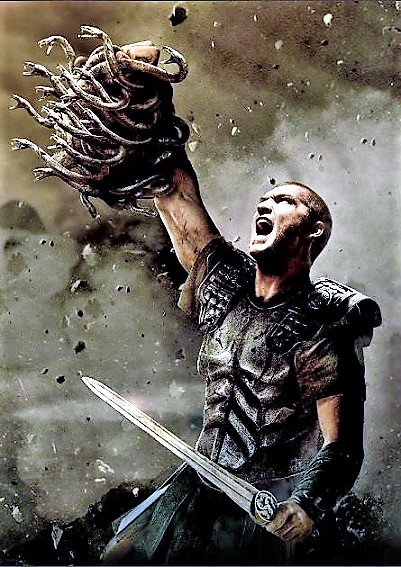
Thus it was that our hero Perseus found himself face to face with the beautiful Andromeda chained helplessly onto the rocks, awaiting her doom. Perseus immediately fell in love with the lovely maiden and promptly killed Cetus the beast, who had been licking his lips at the prospect of having a delicious meal. Perseus took Andromeda to her father Cepheus and asked for her hand in marriage. This infuriated Andromeda’s uncle Phineus, to whom the maiden was already promised. During the ensuing quarrel, Perseus turned Phineus into a stone by showing him the head of the Gorgon Medusa.
Myth of Perseus andromeda – Greeka.com
Ethiopian Model: Mearg Tareke
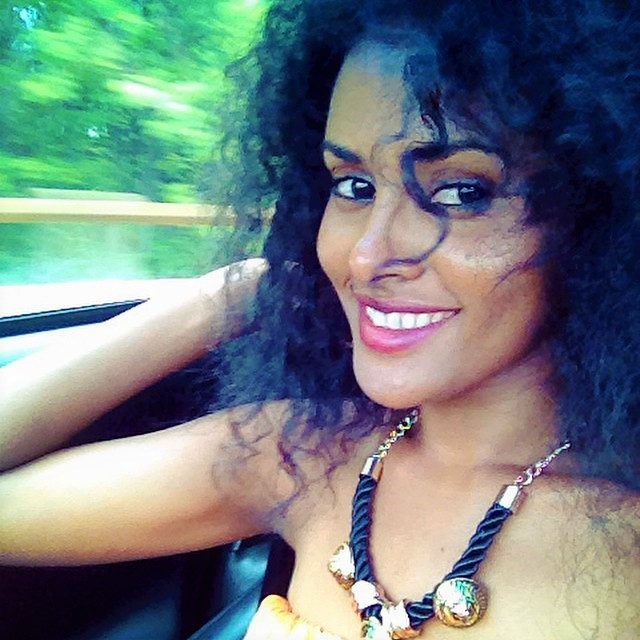
Perseus would go on to found Mycenae where Andromeda would be queen, but first, she gave birth to their first son Perses, who stayed behind to rule when his grandfather died. (Perses is considered the eponymous father of the Persians.)
Perseus and Andromeda’s children were sons, Perses, Alcaeus, Sthenelus, Heleus, Mestor, Electryon, and a daughter, Gorgophone.
After her death, Andromeda was placed among the stars as the Andromeda constellation. The monster who was sent to ravage Ethiopia was also turned into a constellation, Cetus.
Andromeda Was a Legendary Princess in Greek Mythology
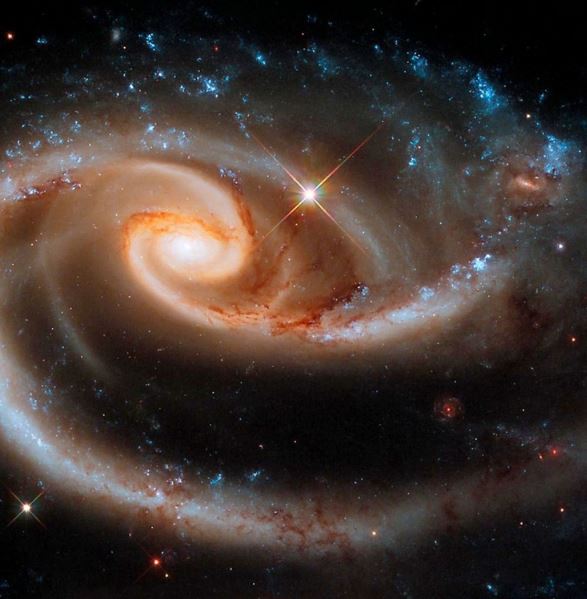
Andromeda constellation located near the Pegasus constellation.
There are also movies/TV programs bearing the name of this ancient (Ethiopian) princess. In the context of ancient history, she is a (Ethiopian) princess featured in the heroic Greek legends.
Perseus On His Winged Horse Pegasus
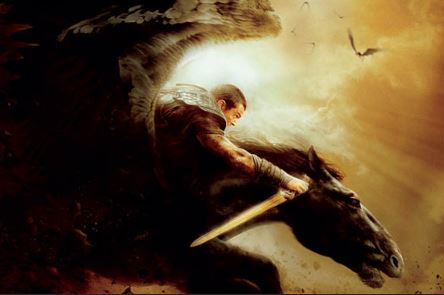
Epic birth of Perseus
The myth begins when the oracle of Delphi prophesied Acrisius, a king of Argos, that his grandson would take his life. As a result, the fearful king decided to lock his own daughter Danae in a courtyard bronze chamber, in order to prevent her from having contact with any man. However, this chamber was open to the sky which enabled Zeus to observe this helpless girl from Olympus and fell in love with her. And so he came in the form of golden shower and impregnated her. Danae gave birth to a son and named him Perseus. The baby cries had not gone unnoticed and the furious king wanted to kill them both, but was fearful to provoke the gods and therefore casted them into the open sea in a closed wooden chest. When Zeus saw what happened he asked his brother Poseidon to calm the sea and the chest was flown to the island of Seriphos, where fisherman Dictys found it and took Danae and Perseus to his home. The fisherman helped Perseus to become a healthy youth, teaching him all about fishing and life.
Perseus, famous Greek demi-god, the slayer of Medusa and …
In films
- In 1973, an animated film called Perseus (20 minutes) was made in the Soviet Union as part of the Soviet animated film collection called Legends and Mуths of Ancient Greece.
- The 1981 film Clash of the Titans retells the story of Perseus, Andromeda, and Cassiopeia, but makes a few changes (notably Cassiopeia boasts that her daughter is more beautiful than Thetis as opposed to the Nereids as a group). Thetis was indeed a Nereid and also the future mother of Achilles. Andromeda and Perseus meet and fall in love after he saves her soul from the enslavement of Thetis’ son, Calibos, whereas in the myth, they simply meet as Perseus returns home from having slain Medusa. In the film, the monster is called a kraken, although it is depicted as a lizard-like creature rather than a squid; and combining two elements of the myth, Perseus defeats the sea monster by showing it Medusa’s face, turning the monster into stone. Andromeda is depicted as being strong-willed and independent, whereas in the stories she is only really mentioned as being the princess whom Perseus saves from the sea monster. Andromeda was portrayed by Judi Bowker in this film.
- Andromeda also features in the 2010 film Clash of the Titans, a remake of the 1981 version. Several changes were made in regard to the myth, most notably that Perseus did not marry Andromeda after he rescued her from the sea monster. Andromeda was portrayed by Alexa Davalos. The character was played by Rosamund Pike in the sequel Wrath of the Titans, the second of a planned trilogy. In the end of the sequel, Perseus and Andromeda begin a relationship.
- In the Japanese anime Saint Seiya the character, Shun, represents the Andromeda constellation using chains as his main weapons, reminiscent of Andromeda being chained before she was saved by Perseus. In order to attain the Andromeda Cloth, he was chained between two large pillars of rock and he had to overcome the chains before the tide came in and killed him, also reminiscent of this myth.
- Andromeda appears in Disney‘s Hercules: The Animated Series as a new student of “Prometheus Academy” which Hercules and other characters from Greek mythology attend.
Ancient Faces: Romano-Egyptian Mummy Portrait of a Bearded Man
In novels
- In Rick Riordan‘s Percy Jackson & the Olympians series, there are a few references to Andromeda. The most obvious is that the series’ lead villains have a cruise ship which serves as their headquarters and is called The Princess Andromeda.
- Andromeda is the main character in Harry Turtledove‘s short story “Miss Manners’ Guide to Greek Missology”, published in Esther Friesner‘s Chicks in Chainmailseries of humorous feminist fantasy collections, and reprinted in other anthologies afterwards. It is a satire filled with role reversals, puns, and deliberate anachronisms relating to pop culture.
- Andromeda is Anna’s full name in Jodi Picoult‘s My Sister’s Keeper, which was turned into a movie in 2010. In the novel there are several references to mythology, as Anna’s dad Brian is an astronomer in his free time.
In Art
Sophocles and Euripides (and in more modern times, Corneille) made the story the subject of tragedies, and its incidents were represented in numerous ancient works of art,including Greek vases. Jean-Baptiste Lully‘s opera, Persée, also dramatizes the myth.
Andromeda has been the subject of numerous ancient and modern works of art, which typically show the moment of rescue, with Andromeda usually still chained, and often naked or nearly so. Examples include: one of Titian‘s poesies (Wallace Collection), and compositions by Joachim Wtewael (Louvre), Veronese (Rennes), many versions by Rubens, Ingres, and Gustave Moreau. From the Renaissance onward the chained nude figure of Andromeda typically was the centre of interest. Rembrandt‘s Andromeda Chained to the Rocks is unusual in showing her alone, fearfully awaiting the monster.
If by dull rhymes our English must be chain’d,
And, like Andromeda, the Sonnet sweet
Fetter’d, in spite of pained loveliness;
Let us find out, if we must be constrain’d,
Sandals more interwoven and complete
To fit the naked foot of poesy;
Let us inspect the lyre, and weigh the stress
Of every chord, and see what may be gain’d
By ear industrious, and attention meet:
Misers of sound and syllable, no less
Than Midas of his coinage, let us be
Jealous of dead leaves in the bay wreath crown;
So, if we may not let the Muse be free,
She will be bound with garlands of her own.
John Keats (1795–1821)
The Italian composer Salvatore Sciarrino composed an hour-long operatic drama called Perseo e Andromeda in 2000.

No Comments Yet